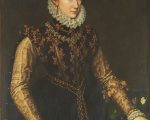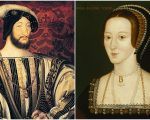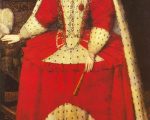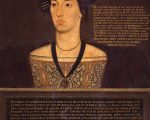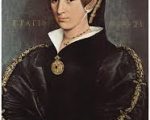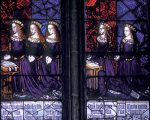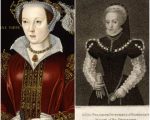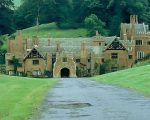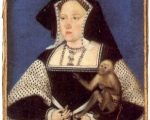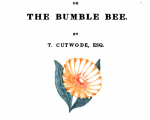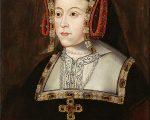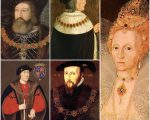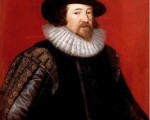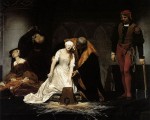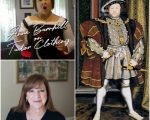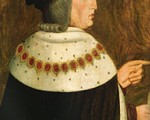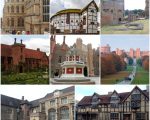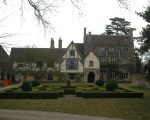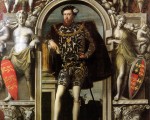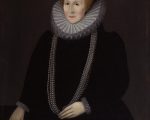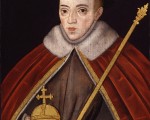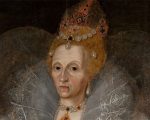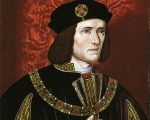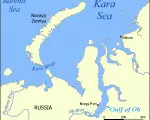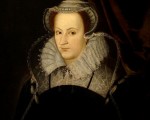
14 May:
1511 – Death of Walter Fitzsimmons, Archbishop of Dublin and Lord Deputy of Ireland, at Finglas, Dublin. He was buried in the nave of St Patrick’s Cathedral.
1523 – Death of Nicholas Vaux, 1st Baron Vaux, courtier and soldier, at the Hospital of the Knights of St John of Jerusalem in Clerkenwell.
1571 – Matthew Stewart, Earl of Lennox and regent to James VI, held the “Creeping Parliament”.
1595 – Death of Anne Fiennes (née Sackville), Lady Dacre, at Chelsea. She was buried in the More Chapel, Chelsea, next to her husband, Gregory Fiennes, 10th Baron Dacre.
1629 – Death of Jean Gordon, Countess of Bothwell and Sutherland. She is known for having been married, albeit briefly, to James Hepburn, 4th Earl of Bothwell, who went on to marry Mary, Queen of Scots. In 1573 she married Alexander Gordon, 12th Earl of Sutherland, and after his death she married Alexander Ogilvy of Boyne, the man she had been in love with before she married Bothwell.
1635 – Burial of Helena Gorges (née Snakenborg), Lady Gorges, in Salisbury Cathedral. Helena was married twice, firstly to William Parr, Marquis of Northampton (brother of Catherine Parr), and secondly to Sir Thomas Gorges, courtier.

